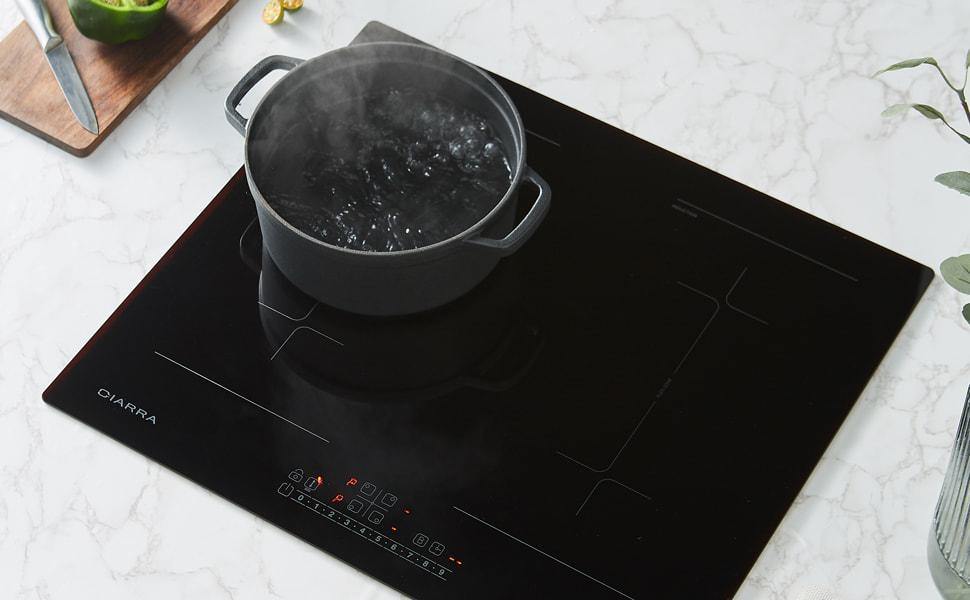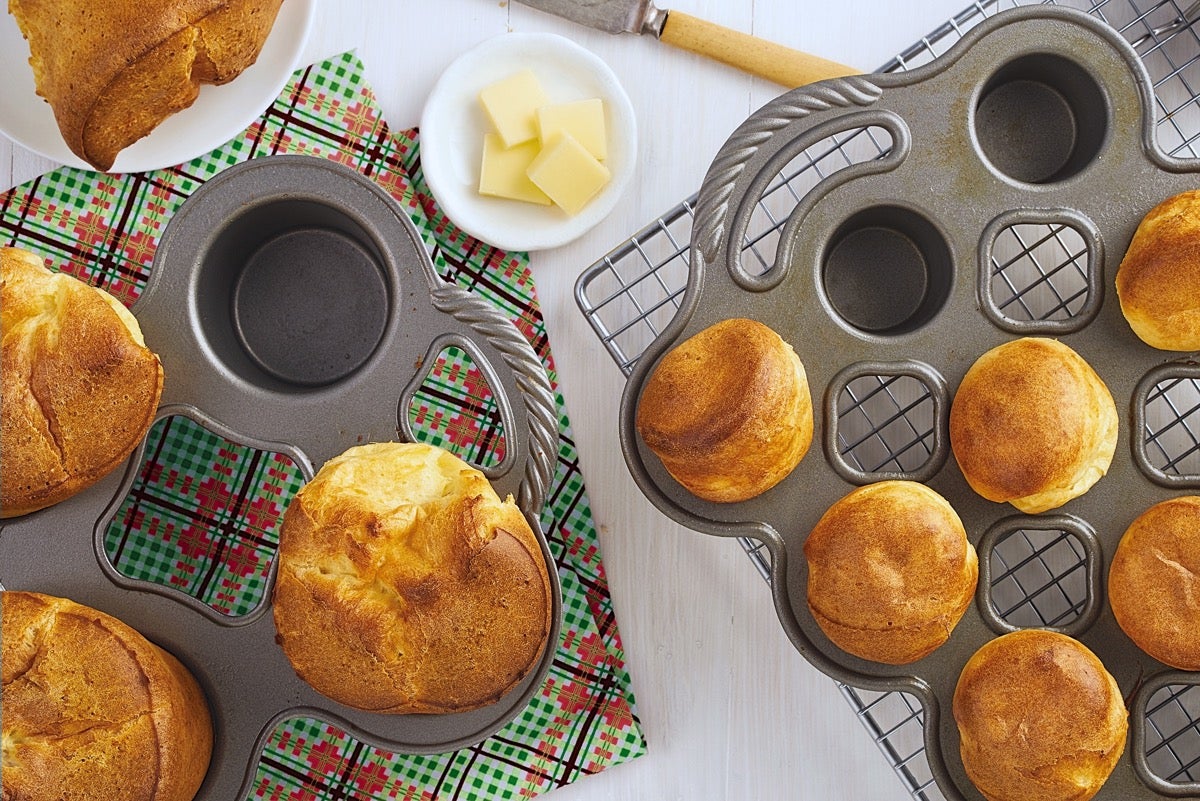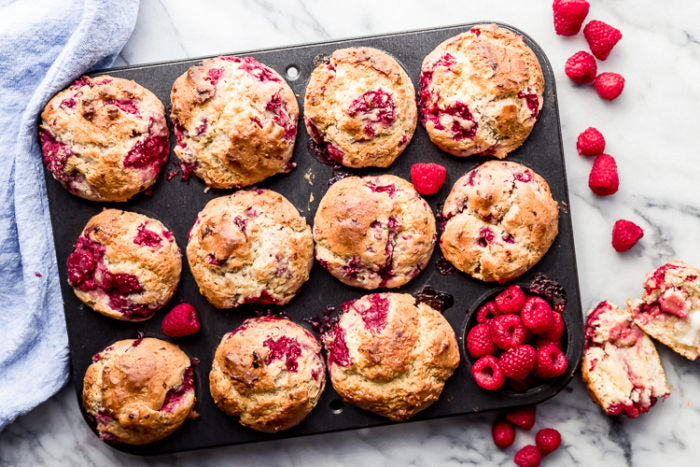In the world of culinary arts, few tools are as revered as the cast iron skillet. Known for its incredible heat retention and versatility, cast iron is a staple in professional kitchens around the globe. However, mastering the art of temperature control in cast iron cooking is essential for achieving exceptional results. Whether you're searing a steak to perfection or simmering a delicate sauce, understanding how to control temperature in cast iron cooking is key to unlocking its full potential.
Temperature control in cast iron cooking is a critical skill that every kitchen professional should master. The unique properties of cast iron, such as its ability to distribute heat evenly and retain it for extended periods, make it an excellent choice for a wide range of cooking techniques. However, these same properties can also pose challenges when it comes to maintaining precise temperature levels. In this article, we'll explore the nuances of temperature control in cast iron cooking and provide actionable insights for culinary professionals looking to elevate their craft.

The Science of Temperature Control
To truly grasp the concept of temperature control in cast iron cooking, it's essential to understand the science behind it. Cast iron is known for its ability to absorb and retain heat, which is why it's highly regarded for tasks like searing and frying. The dense material of the skillet creates a stable and consistent cooking surface, allowing for even heat distribution. However, this heat retention can also lead to challenges when trying to achieve precise temperature control.
One of the primary factors influencing temperature control in cast iron cooking is the heat source. Whether you're using a gas stove, electric range, or induction cooktop, the heat source plays a significant role in how quickly the skillet heats up and how well it maintains the desired temperature. Induction cooking, for example, is known for its rapid heat response and precise temperature adjustments, making it an excellent choice for cast iron cooking. You can learn more about how induction interacts with cast iron here.
Practical Tips for Temperature Control
Achieving effective temperature control in cast iron cooking requires a combination of technique and intuition. Here are a few practical tips for kitchen professionals looking to master this skill:
- Preheat Gradually: One of the biggest mistakes when cooking with cast iron is overheating the skillet too quickly. To achieve precise temperature control, it's important to preheat the skillet gradually over medium heat. This allows the heat to distribute evenly, preventing hot spots and ensuring consistent cooking.
- Use a Thermometer: While experienced chefs often rely on intuition, using a thermometer can provide a more accurate gauge of the skillet's temperature. This is especially important when searing meats or frying delicate foods, where precise temperature control is crucial.
- Adjust Heat as Needed: Cast iron retains heat exceptionally well, which means it can continue to cook food even after the heat source is reduced. To maintain precise temperature control, be prepared to adjust the heat as needed. Lowering the heat slightly during cooking can prevent overcooking and ensure optimal results.
Common Challenges and Solutions
Even experienced kitchen professionals can encounter challenges when it comes to temperature control in cast iron cooking. Here are some common issues and their solutions:
Uneven Cooking
One of the most common challenges is uneven cooking, especially when using a cast iron skillet that's not properly preheated. To address this, ensure that the skillet is evenly heated before adding ingredients. Additionally, consider using a heat diffuser to distribute heat more evenly across the cooking surface.
Sticking and Burning
Sticking and burning are often the result of improper temperature control. To prevent this, make sure the skillet is well-seasoned and preheated before adding food. Adjust the heat as necessary to maintain the desired cooking temperature and avoid overcrowding the skillet.
Enhancing Flavor through Temperature Control
Beyond its practical benefits, temperature control in cast iron cooking also plays a significant role in enhancing the flavor of dishes. The ability to achieve a perfect sear on meats, create a caramelized crust on vegetables, and develop rich flavors in sauces is all dependent on precise temperature management.
One technique that showcases the power of temperature control is the Maillard reaction. This chemical reaction occurs when proteins and sugars in food are exposed to high heat, resulting in the development of complex flavors and aromas. By mastering temperature control, kitchen professionals can harness the Maillard reaction to elevate the taste and texture of their dishes.
For more on how to balance textures in sizzling meals, visit this guide.
Conclusion
In conclusion, mastering temperature control in cast iron cooking is a fundamental skill for kitchen professionals seeking to achieve culinary excellence. By understanding the science behind cast iron's heat retention properties, employing practical techniques, and addressing common challenges, chefs can unlock the full potential of this versatile cookware.
Whether you're a seasoned professional or an aspiring chef, honing your ability to control temperature in cast iron cooking will undoubtedly enhance your culinary repertoire. Embrace the art of temperature control, and let your creativity flourish in the kitchen. To further explore how fast cast iron heats on induction, check out this resource.

FAQs
What is the best method for preheating a cast iron skillet?
The best method for preheating a cast iron skillet is to do so gradually over medium heat. This allows the heat to distribute evenly, preventing hot spots and ensuring consistent cooking. For more information on preheating, visit this page.
How can I prevent food from sticking to my cast iron skillet?
To prevent food from sticking, ensure your cast iron skillet is well-seasoned and properly preheated before adding food. Additionally, avoid overcrowding the skillet and adjust the heat as necessary to maintain the desired cooking temperature.
Why is temperature control important in cast iron cooking?
Temperature control is important in cast iron cooking because it directly affects the texture, flavor, and overall quality of the dishes being prepared. Precise temperature management allows for the development of complex flavors and ensures optimal cooking results.






Leave a comment
This site is protected by hCaptcha and the hCaptcha Privacy Policy and Terms of Service apply.